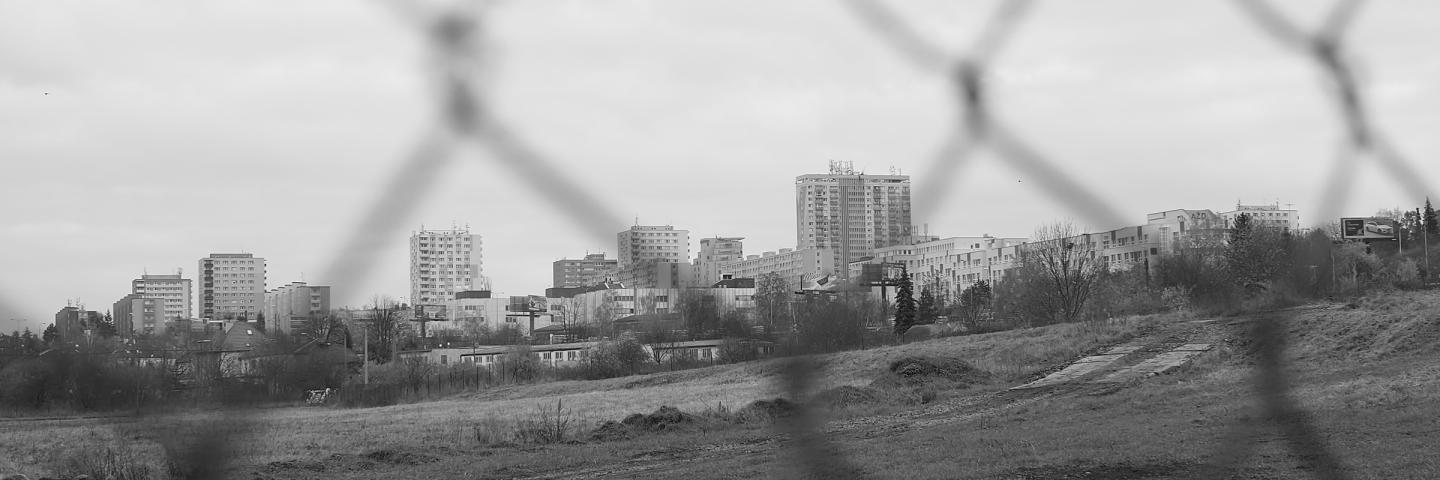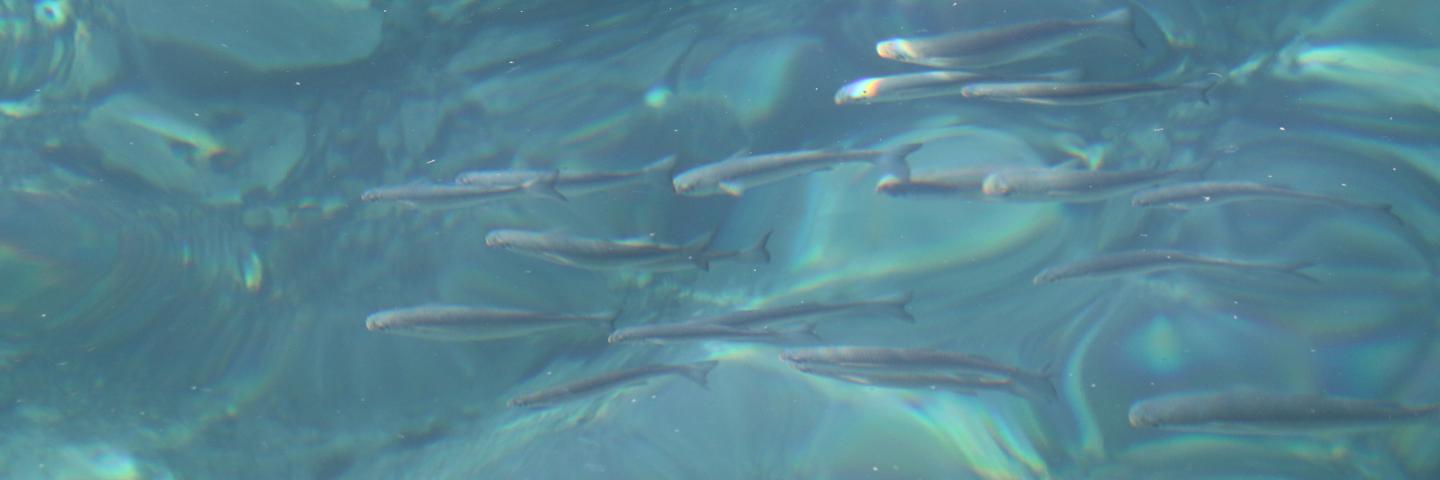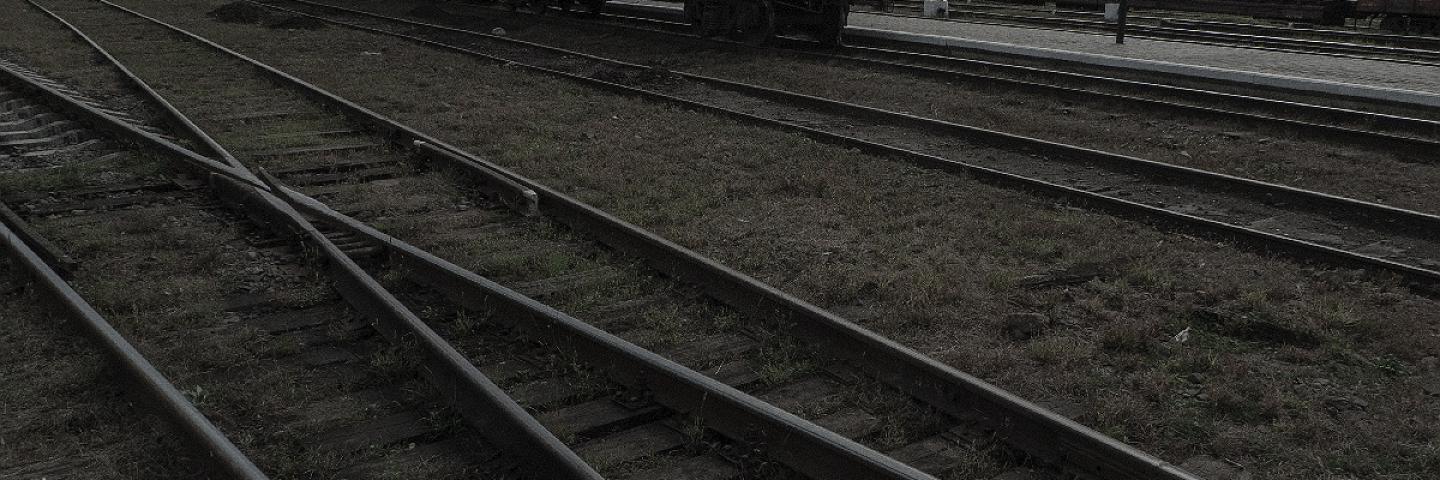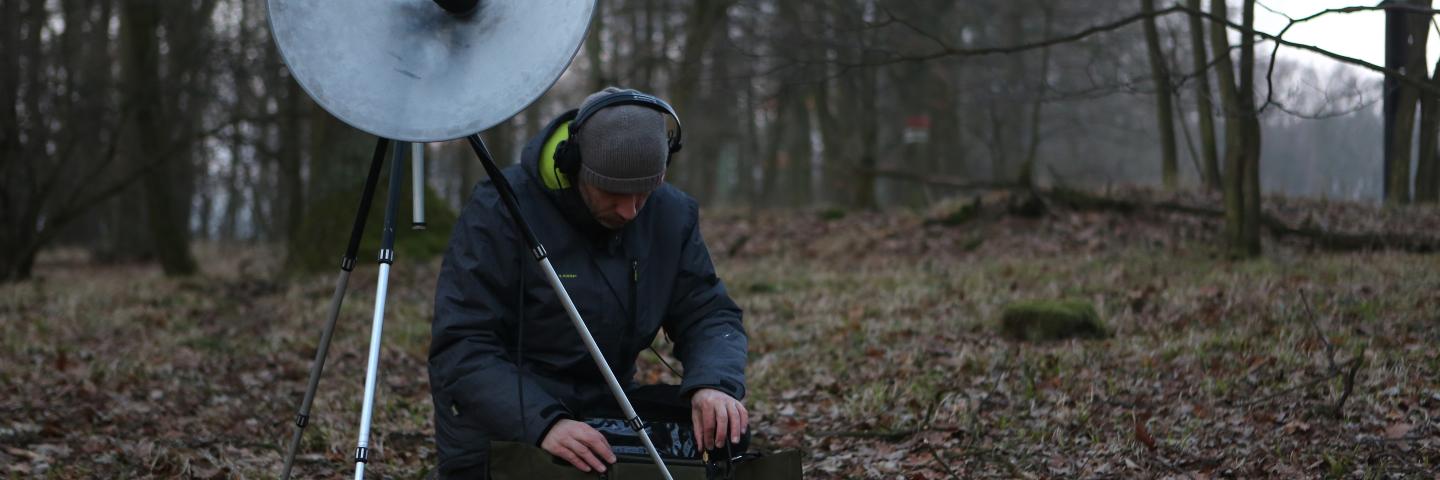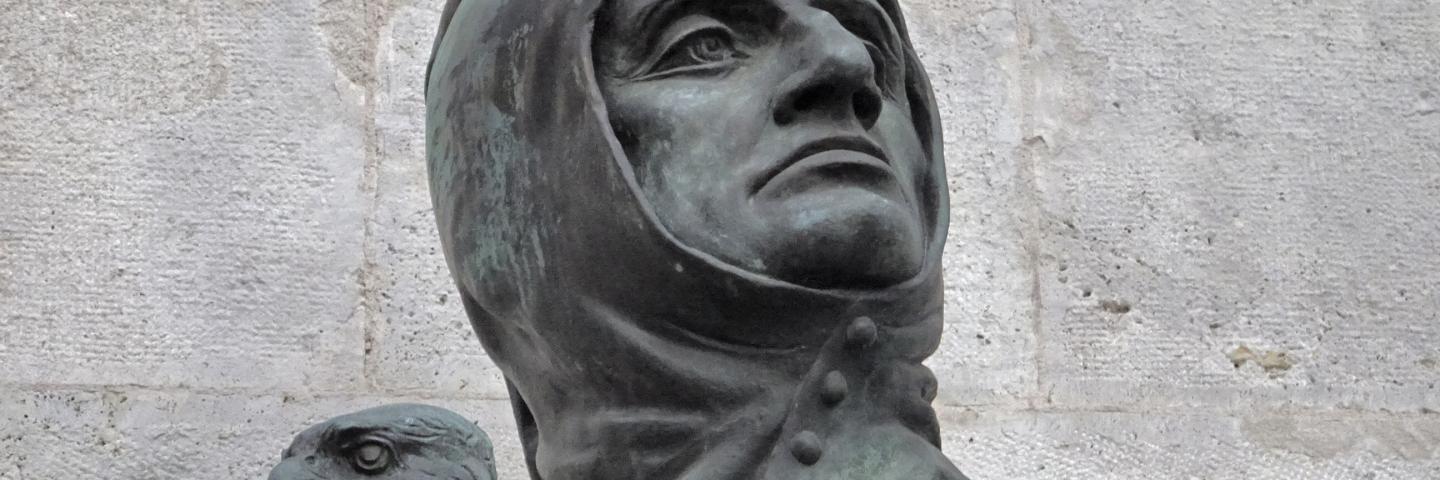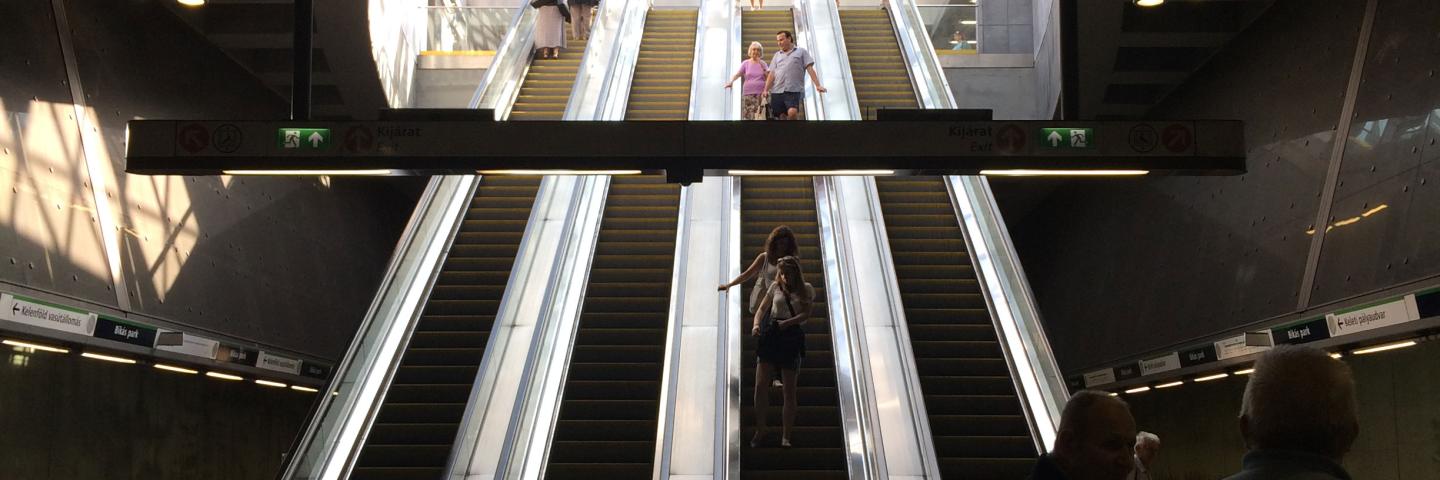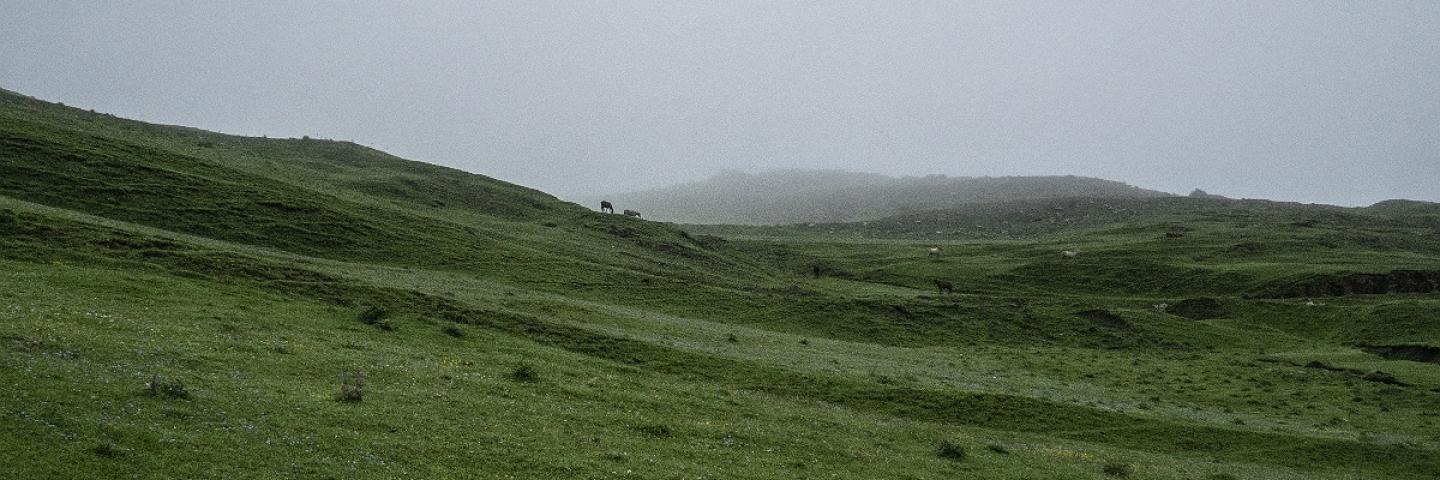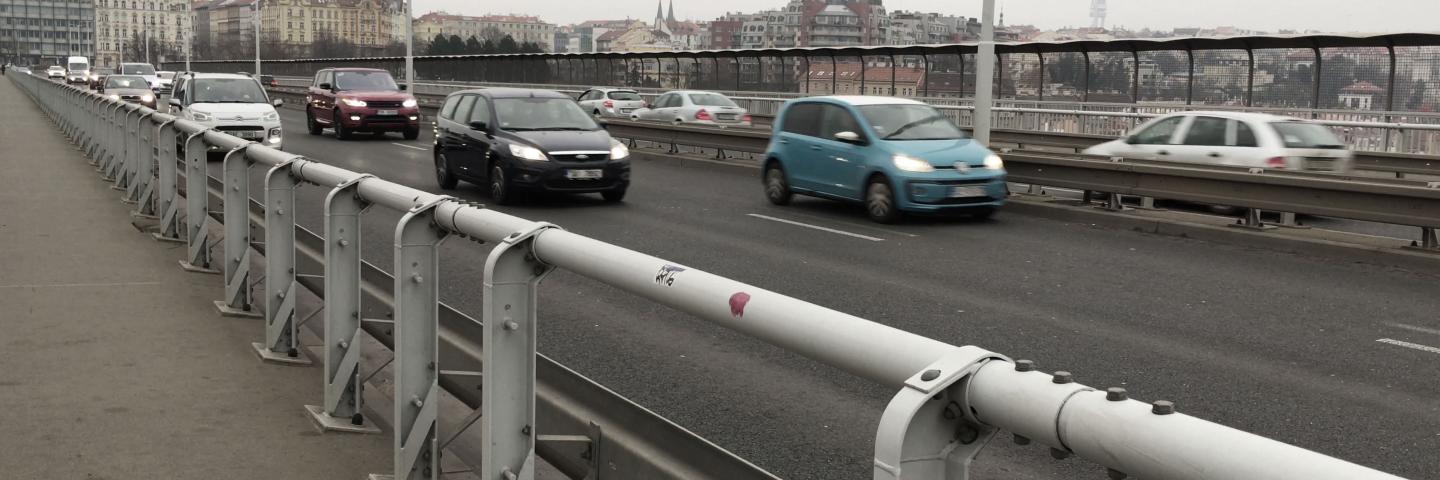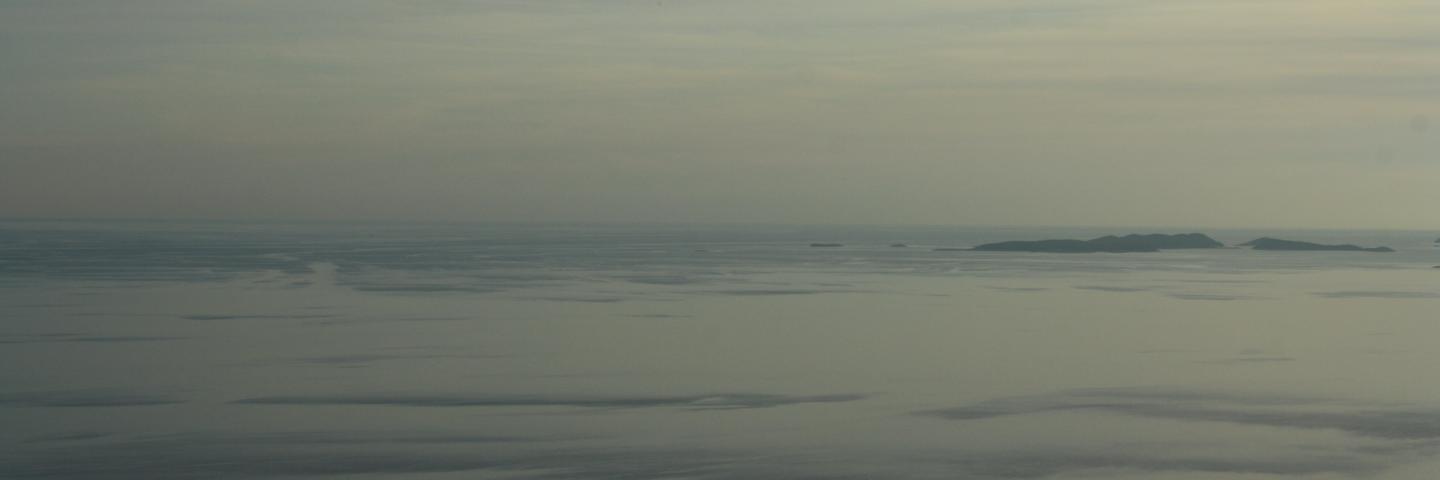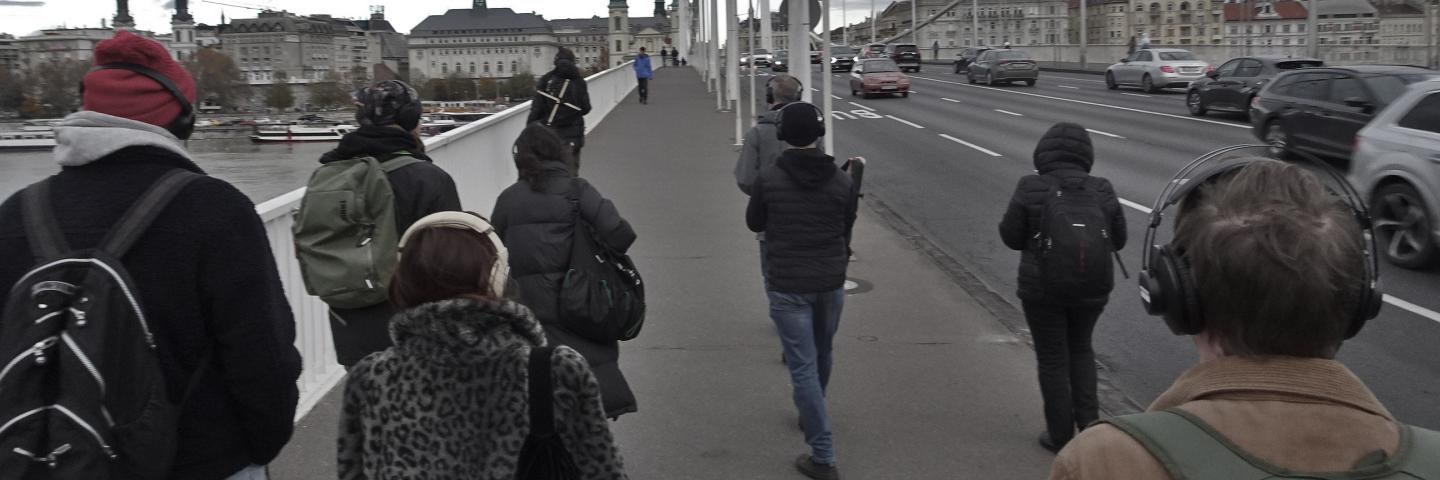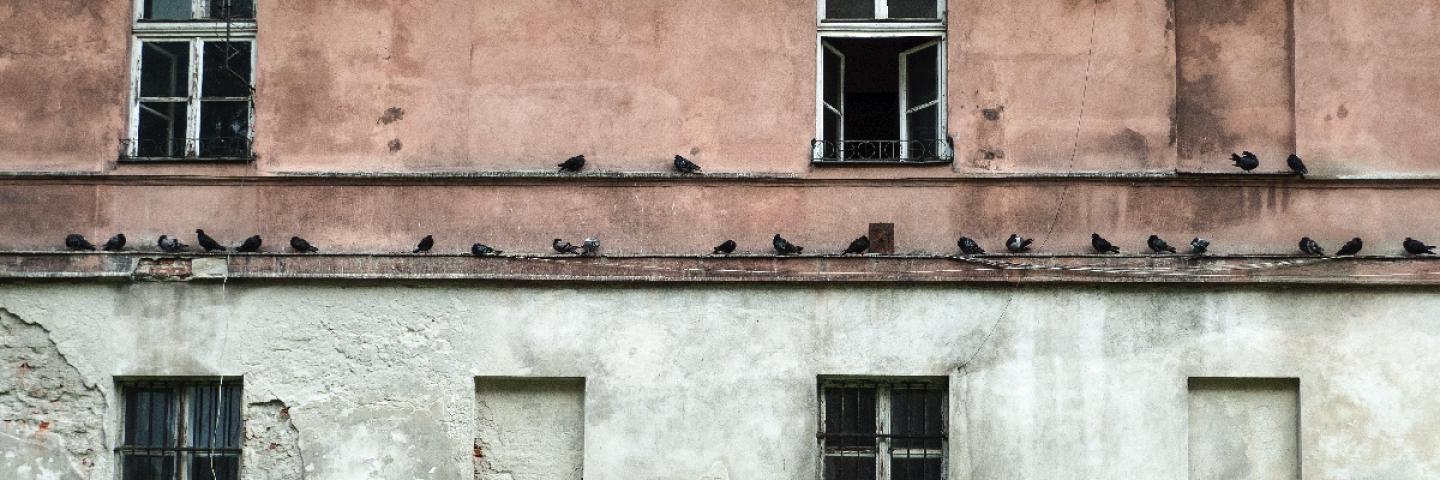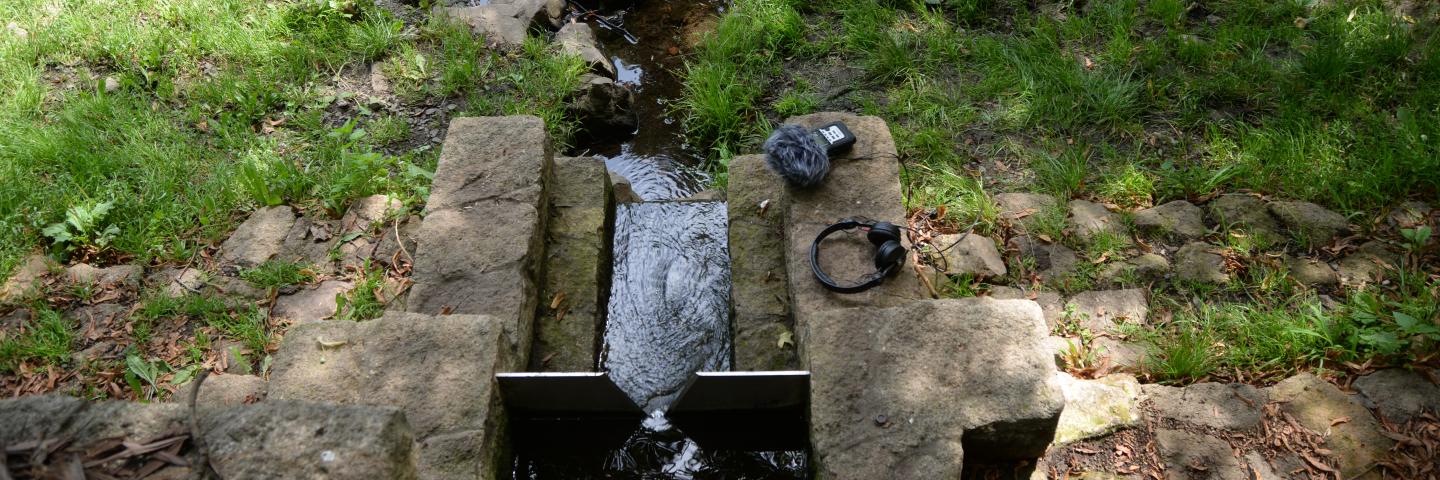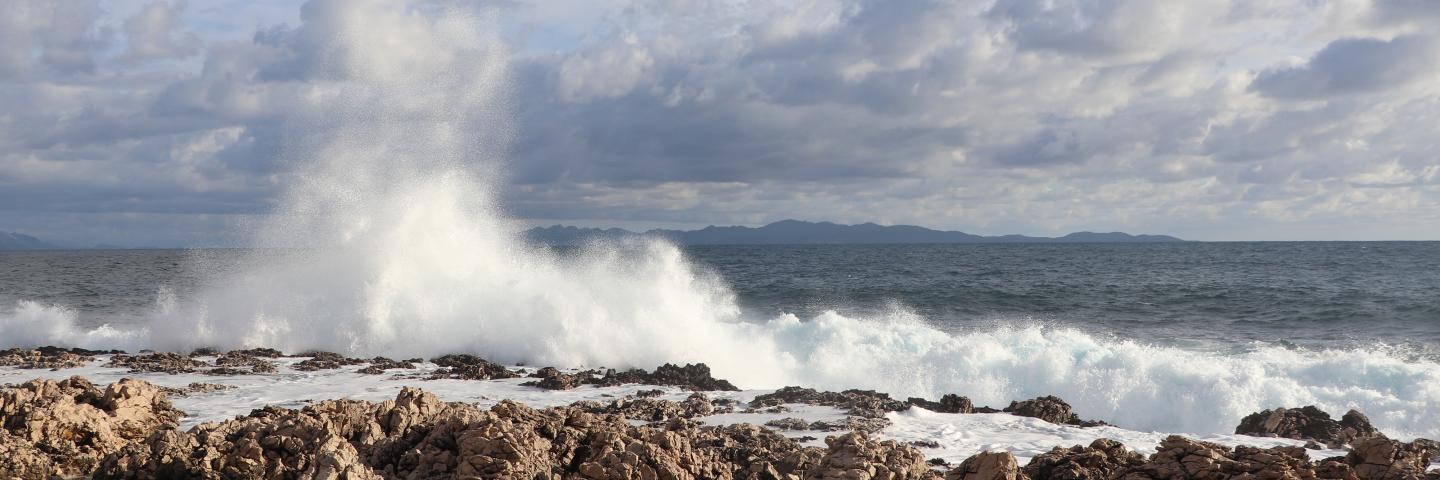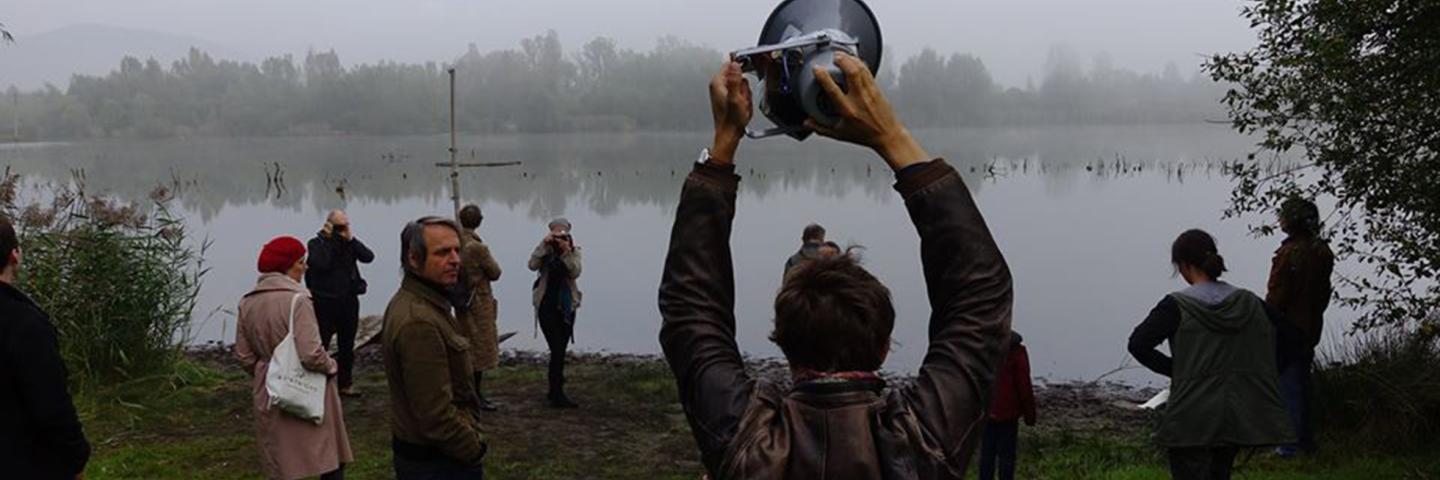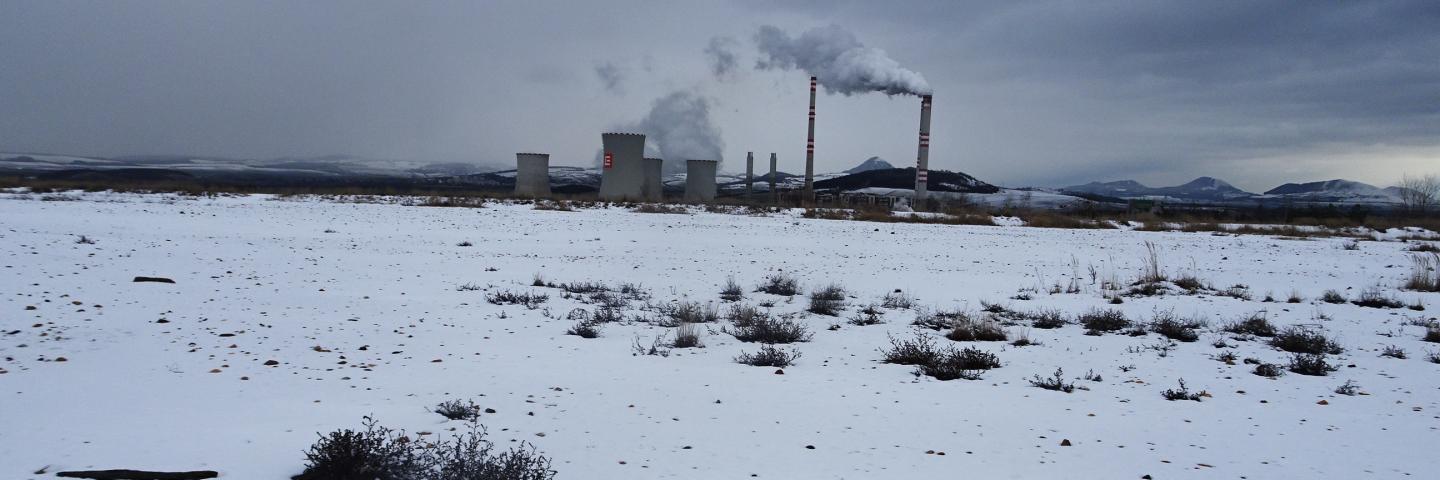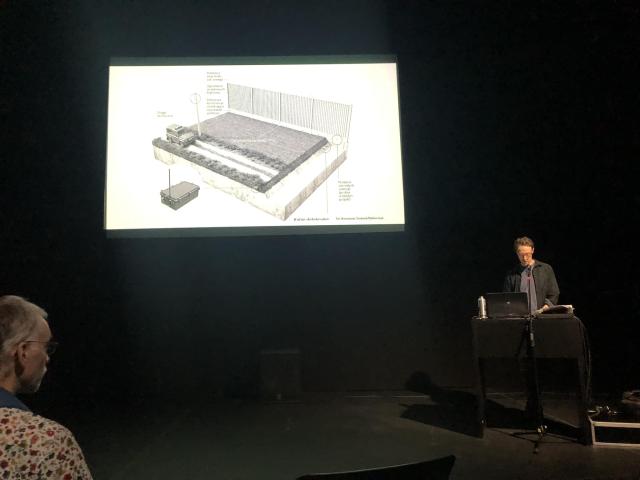
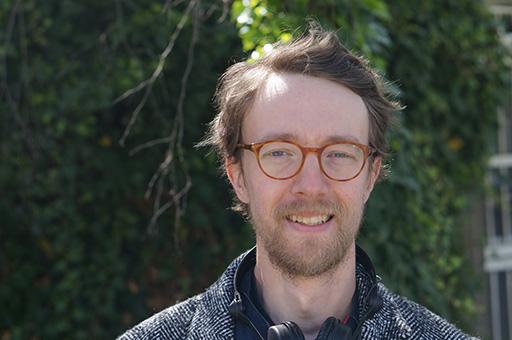
Jacek Smolicki
A walk in the forest
Ecotonal listening and sonic deterring techniques in human and other-than-human realms.
Saturday 25 November — Presentations
10.00 — 11.00
The presentation departs from the UOZ1 device, also known as the Animal Deterring System. Developed by the Polish company NEEL, UOZ1 employs loudspeakers to create a sonic barrier along railway tracks, deterring forest animals from crossing. Each time a train approaches a specific forest area, the device broadcasts a meticulously composed sequence of sounds of distressed animals. Unlike conventional soundscape compositions, this one is specifically tailored for forest animals and their sonic sensitivity. The presentation uses the device as a departure point for discussing intentional uses and abuses of sound in border situations and transient areas. Scrutinizing this and other dettering soundscapes may offer insights into the extent to which actions that follow such acts of soundmaking and soundtaking, can be foreseen, regulated and manipulated. The UOZ1's development owes much to the research of the late Simona Kossak, a forest science professor known for preserving natural ecosystems, notably Białowieża Forest, an ancient woodland at the border of Poland and Belarus. Kossak's studies of animal psychology in that forest greatly informed the soundscape generated by the UOZ1 device.
Consequently, the following part of the presentation delves into the soundscapes of Bialowieża, in particular the current ones as they have become affected by political tensions between Poland and Belarus. Instrumentalized by Belarusian authorities, hundreds of migrants escaping life-threatening situations in Afghanistan and other countries were recently pushed to the border with Poland, right in the midst of Białowieża. Mistreated by border guards from both sides of the conflict, some tragically perished in the forest. To deter further migration, the Polish government conducted the construction of a 180km long wall that cuts through this ancient woodland. Additionally, various sound deterring techniques have been used. Dramatically disrupting both human and non-human migratory routes, the presence of the wall reverberates further, heating up the already highly polarized situation within Polish society. Closing my presentation, I will ponder the current soundscapes that populate this disrupted territory of violently impeded mobility, both human and more than human. Are we ready for actions to be taken beyond listening, without having truly listened to each other and our shared environments, beyond the immediacy of borders and beyond the ramifications of our preconceptions, ideas, biases, and hierarchies? Can we move beyond listening without listening beyond?
Bio
Jacek Smolicki is a cross-disciplinary artist, designer, researcher and educator. His work explores temporal, existential and technological dimensions of listening, recording and archiving practices in human and more-than-human realms. Besides working with historical archives, media, and heritage, Smolicki develops other modes of sensing, recording, and mediating stories and signals from specific sites, scales, and temporalities. His work is manifested through soundwalks, soundscape compositions, diverse forms of writing, site-responsive performances, experimental para-archives, and audio-visual installations. He has performed, published, and exhibited internationally (e.g. In-Sonora Madrid, Atlantic Center for the Arts, Florida, Moscow International Biennale for Young Art, AudioArt Kraków, Ars Electronica, Linz, and Historical Museum of Bosnia and Herzegovina, Sarajevo). Smolicki holds a PhD in Media and Communications from Malmö University and is currently a researcher at the Informatics and Media Department of Uppsala University. In 2023, he has been a Fulbright scholar at Harvard. He is a co-founder and curator of the Walking Festival of Sound. His edited book 'Soundwalking. Through Time, Space and Technologies' was published by Routledge in 2023.
More on: www.smolicki.com.
